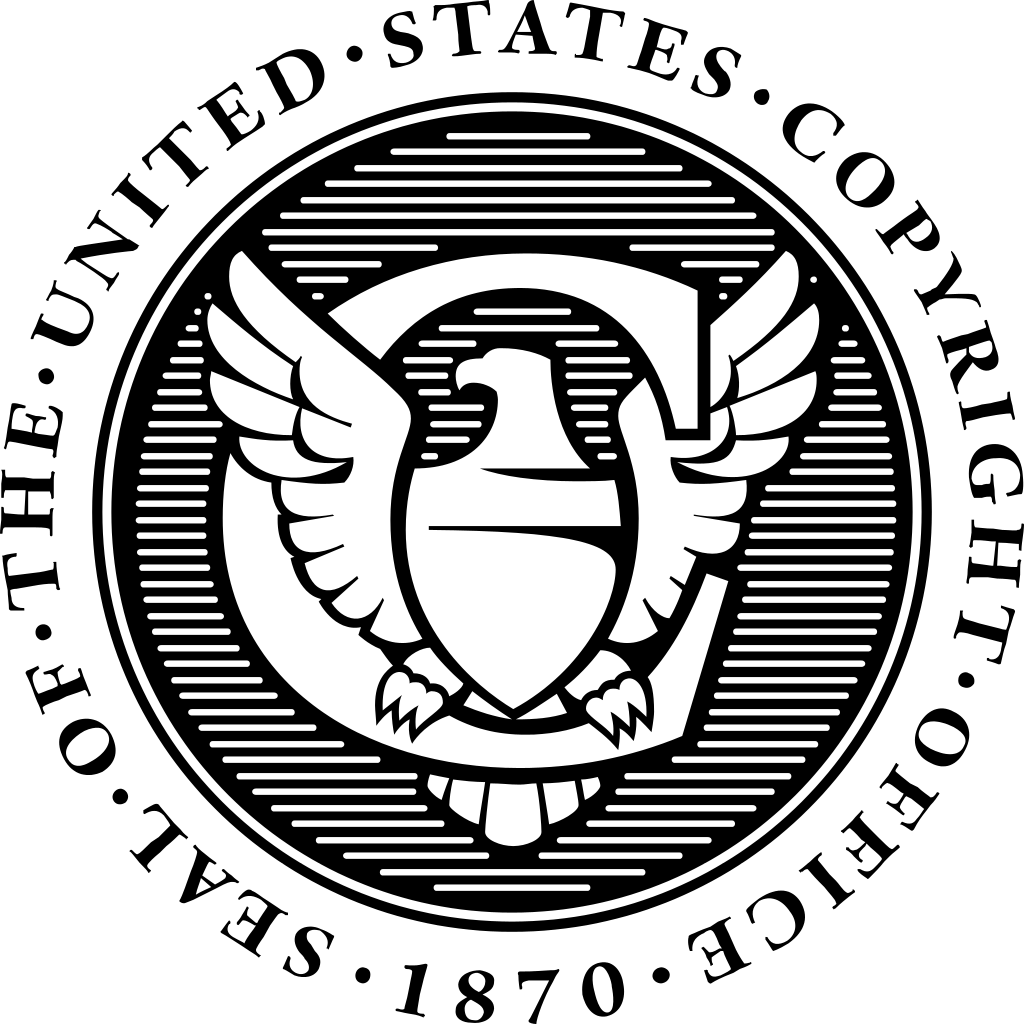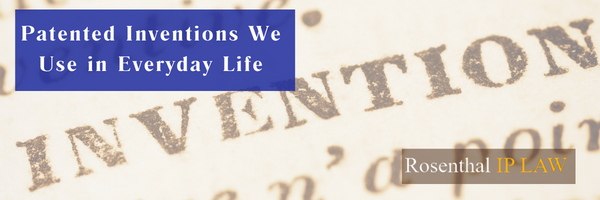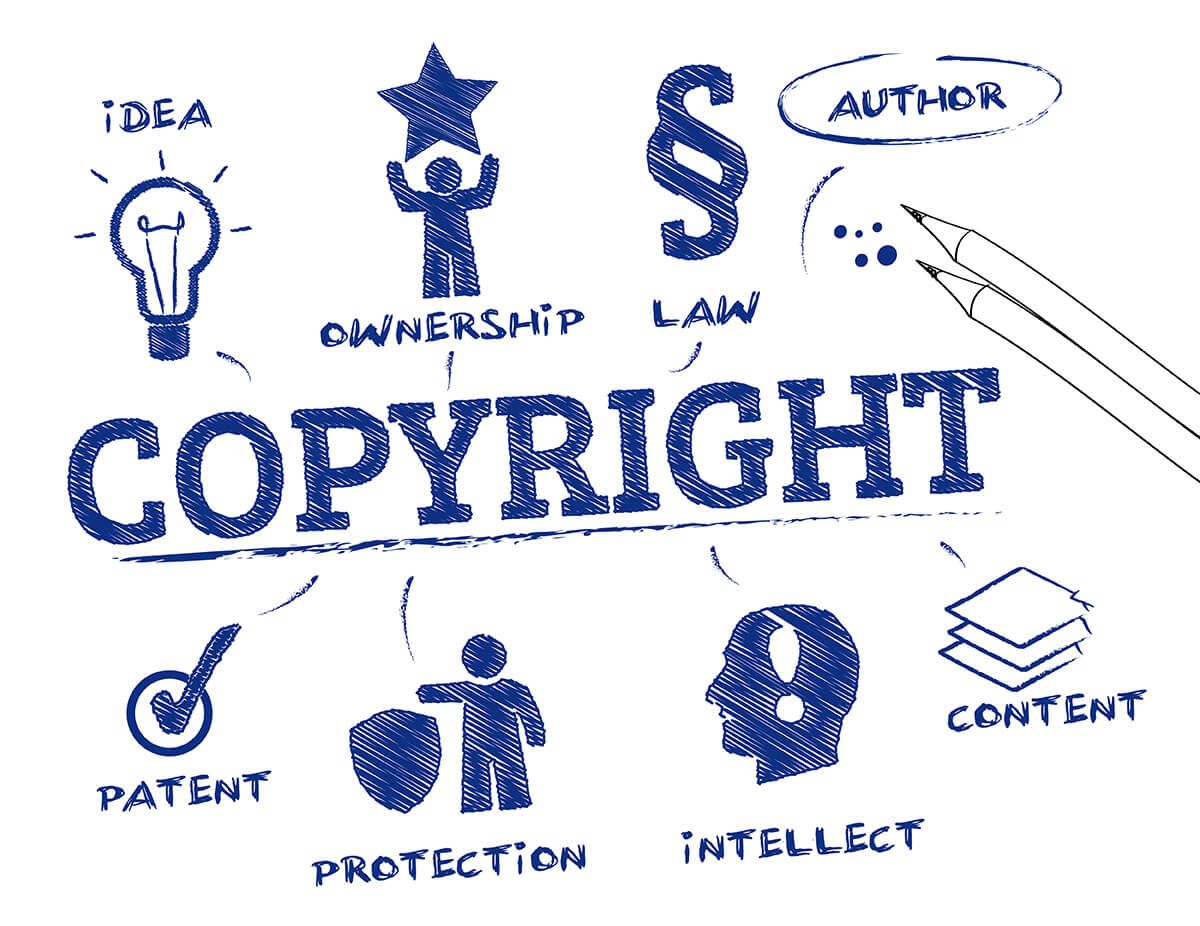COPYRIGHT LAW
Once you put a concept into a tangible form, it automatically gains federal copyright protection. However, formally registering your copyright with the U.S. Copyright Office provides substantial advantages when fighting infringers.
Home > Areas Of Law > Copyright Law
Copyright Lawyer
Rosenthal IP Law, Your Experienced New Jersey Copyright Law Firm
Copyright law protects your literary creations and works of art so you can control how the work is used and distributed. The purpose of copyright law is to encourage people to create new works of art and literature.
You do not need to do anything special to get copyright protection -- it is automatic when the work is fixed into a tangible medium of expression. The work must be written down or made into a physical form that the someone can identify, either directly or with the help of a machine. Some examples are the audio tapes or cd's, stories printed, or film. The copyright is only attached to your work after it is documented. Copyright does not protect your ideas or facts you have researched. Copyright does not protect speech that is not transcribed, live performances of music, or broadcasts that are not recorded.
Sometimes, you may not own the copyright to your artistic work, even though you created it. This may happen in an employer/employee situation or when you are an independent contractor creating a “work made for hire.” You may also be a joint copyright owner with another person if you both contributed to the creation of the work.

Can a copyright be sold or transferred?
A copyright can be transferred, or you may sell your copyright to another person or business. You may assign or transfer some, or all, of your ownership interest in your copyright. You may use your copyright as security for a loan or mortgage, and may pass it on to another person at the time of your death, either in your will or by intestate succession. A copyright can also be involuntarily taken from you by court order in certain situations, such as through bankruptcy, a property division in a divorce or through a mortgage foreclosure.
The length of time your work is protected depends on when the work was published and the laws that applied at the time it was published. For instance, works published in the US before 1923 are not protected by copyright. They are considered in the public domain. Works published after 1922 but before 1978 are protected for 95 years from the date of publication. Generally, works published after 1978 are protected for the life of the author, plus 70 years.
A work is considered “published” when you make it available to the public on an unrestricted basis. If you display the work but place many restrictions on what can be done with it, then the work may not have been published.
Registration of your copyright is easy. Please contact us for more information about how we can help you register or protect your copyrights.
Request A Call Back
See What Our Clients Are Saying...
Very pleased! Mr. Rosenthal was professional, diligent, and kept us informed during the entire process of getting our trademark submitted and approved. It is nice using a company that has experience and knows their way around the process. The timeframe was completely inline with what we had been told to expect. We received a true value for our money as the ease and professionalism with which this was handled was well worth it. We are very happy that we used Rosenthal IP Law!
- Mark Carty
"We could not hold Larry in higher regard. To have found an attorney that was not only a top-shelf legal practitioner, but also capable of providing legal services in the context of sound business practice was a tall ask. Larry consistently delivered clear, concise legal advice and performance that always exceeded expectations. We have used Larry exclusively and have recommended him without hesitation to our closest business partners."
Brian Giuffrida
Executive Manager, VAPRO Supply, Inc.
We Can Help,
Contact Us Today!
The Best Way to Protect Your Future Is to Take Action Now
Call our office at (908) 666-4663 or fill out the form for a call back. Our lawyers are ready to discuss your case in full detail and confidence
IP Law News
Rosenthal IP LAW




